In May 2025, Shopify officially launched one of its most powerful updates…
Migrate From BigCommerce To Shopify (Free Guide)
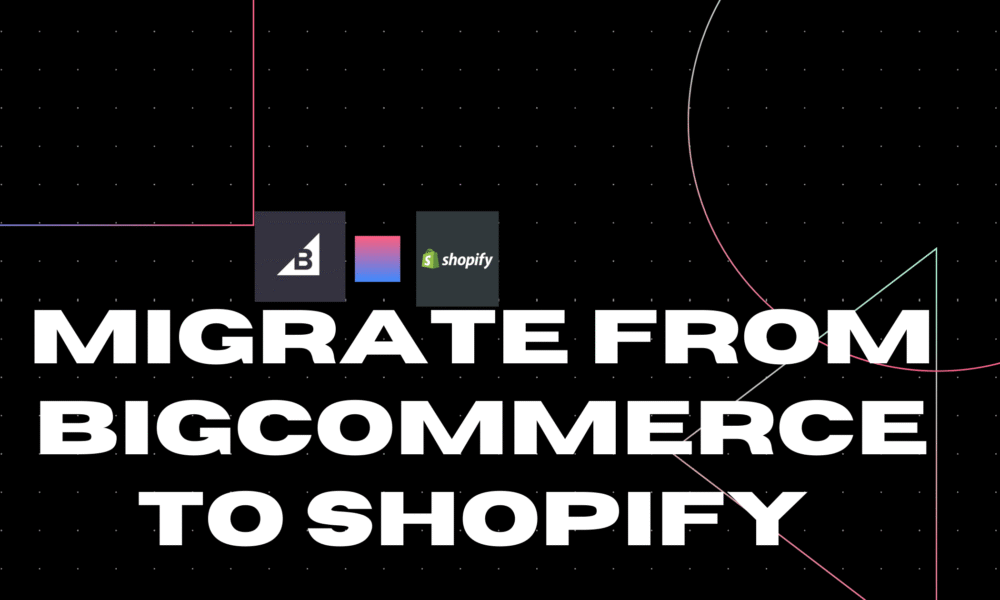
If you are looking for ways to migrate from BigCommerce to Shopify, this post is for you.
BigCommerce is a great place to start your online business. It offers unlimited products, bandwidth options, and sleek storefronts.
However, moving your BigCommerce store to Shopify is the next step to expanding.
Most reliable online stores choose Shopify mainly due to its robust feature set and built-in top-notch scalability.
The most remarkable thing about migrating your online store from BigCommerce to Shopify is it should take less than an hour.
You don’t lose valuable information, such as product details, images, and orders.

Most entrepreneurs fear moving their store to a new eCommerce solution, considering it too risky. Therefore, try to avoid it for as long as possible.
If you are among those who have already realized that the time has come to upgrade, congratulations; that’s practically the first step.
If BigCommerce to Shop migration is on the horizon, our detailed step-by-step guide will help you overcome all the difficulties that arise.
Table of Contents
Can Shopify Offer More?
Shopify is currently in the top three of the Top Ten Reviews e-commerce software charts and offers a wide range of features at a reasonable price.
Unlike BigCommerce, Shopify provides the same “over 100 design templates,” but they look more professional and eye-catching. Moreover, such templates are divided by industry, so the design will match the products you sell.
Start your Shopify journey with a Free 3-day trial—no credit card required! Plus, enjoy your first month for just $1 when you sign up today.
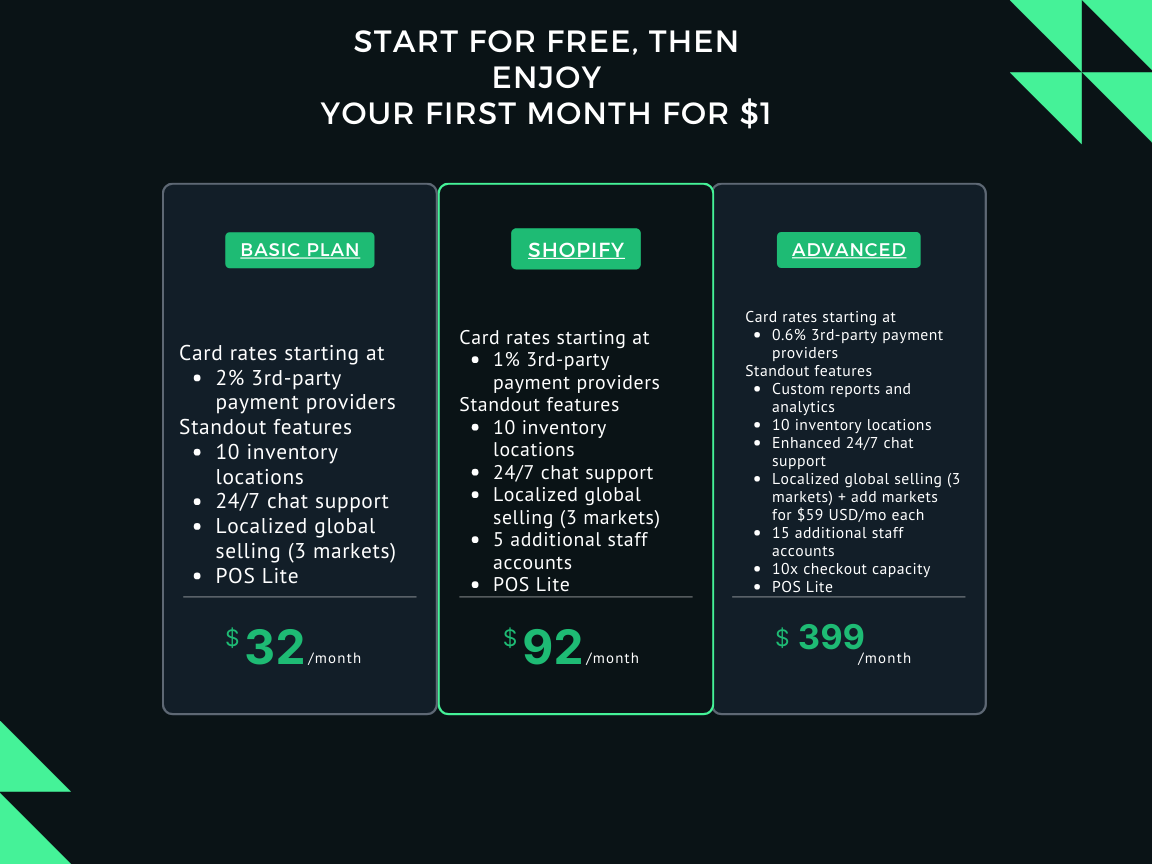
The intuitive interface provides various settings; you don’t have to be enormously skilled in customizing the template.
Technical support is available 24/7 by phone, live chat, or email. To beat the competitors, Shopify provides more than 250 additional tools. All of them are fully and very well compatible with the platform and can automate most business processes.
For your convenience, all extensions and add-ons are plug-and-play. That means no more time wasted to make new things work correctly.
To sum up, this shopping cart provides an incredibly intuitive interface with powerful tools for a reasonable price. If you decide to move from BigCommerce to the Shopify platform, read an article and find the easiest migration route.
Start a free 3 Day trial and enjoy 3 months of Shopify for $1/month Instead of $39/month on selected plans. Sign up now
BigCommerce vs Shopify
BigCommerce and Shopify are powerful shopping carts with valuable features for building an online e-commerce platform. Both platforms are famous for their ease of use, competitive pricing, attractive web design, etc., so choosing the right solution is complicated.
Bigcommerce has its own strengths, weaknesses, and target customers. BigCommerce is an excellent choice for those seeking a platform with additional scaling opportunities and custom features.
However, as more business owners opt for simplicity, they migrate to Shopify, a solution that allows them to set up a good-looking store quickly.
Shopify is far ahead of BigCommerce and currently powers 18% of global websites in popularity, while BigCommerce has 3% of its market share.
Google Trends proves the same: Shopify’s popularity has increased over the last five years.
According to statistics, Shopify exceeded one million merchants worldwide in October 2019. Its revenue in the third quarter amounted to $390.6 million, a 45 percent increase from the comparable previous quarter in 2018.
Which Option is Best to Choose?
When it comes to transferring stores from one platform to another, retailers usually consider the following options:
They can also do it independently, i.e., importing and exporting all data from BigCommerce to Shopify, copying all images, and updating navigation links. To succeed and not damage the store’s overall performance, one should possess at least a set of minimal tech competencies. ,
This migration method is considered time-consuming and effort-consuming and doesn’t always lead to the expected positive results.
Alternatively, you can hire a professional developer or even a whole team of professionals to do the job.
This is practically delegating authority for transferring data to a third party. This option is an excellent solution for store owners who are not tech-savvy and are ready to spend extra money developing their businesses.
Many people are now opting for automated migration, and ecommerce automation is among the Top 6 trends for 2020.
The technology industry is snowballing, and automated migration services (such as Cart2Cart) are continually evolving.

Its only primary benefit is that it does not require in-depth technical knowledge or extensive human involvement.
You should focus on choosing the Source and Target Carts, deciding on the particular entities to be transferred, going through the Free Demo Migration, and launching the full BigCommerce to Shop migration.
As you can see, each option has its strengths and weaknesses, and it is up to you to decide which type of migration to choose from.
Today, we’re going to focus on automated migration, walk you through it, and try to explain its peculiarities and stumbling blocks.
How to easily Migrate from BigCommerce to Shopify.
FAQs
As mentioned, many entrepreneurs consider the e-commerce process overwhelming and time-consuming. Thus, before making a final decision, they usually ask the following questions:
Is there a chance that I might lose some data?
If you’ve been running an online eCommerce store for some time now, you’ve probably collected a considerable amount of data. In general, traders risk losing some information in the manual migration process.
However, Cart2Cart offers its customers a service that aims to transfer all selected entities automatically.
At the same time, we strongly advise that you review your store’s content and delete all unnecessary information. This will make platforming easier and faster. You should also back up all storage data to any external device.
How long is it going to take to migrate to my store?
E-commerce migration / re-platforming is not a one-click affair, after all. However, using automated tools (like Cart2Cart) will spare you the unnecessary trouble of doing it alone.
At the same time, you should understand that the expected migration speed depends on the number of files to be transferred and the current Shopify pricing plan.
Will my SEO have been damaged?
Moving from BigCommerce to Shop can sometimes influence your store’s traffic and search results. To avoid this, one should focus on the future website’s structure and set up 301 redirects.
When are my redirects going to start working?
Almost all retailers fear redirecting to their upcoming Shopify store will not work. Remember that these redirects are generated only in the Cart2Cart migration process and become very involved until the transition is over.
We recommend using the additional option “Create 301 redirects to your target store after migration” to ensure the safety of all redirects.
BigCommerce store preparation
Backup of all data
The data migration process with Cart2Cart consists of copying and transferring all the necessary data from your BigCommerce store but not deleting it. Still, to keep all information secure, it is recommended that all files get backed up (e.g., you can try the backup option provided by our service).
Perform analysis of data.
E-commerce systems tend to grow over time; therefore, your store may contain outdated or incorrect data. The migration process is the perfect time to audit all information ( e.g., product details, categories, orders, passwords, reviews, etc.) and edit or delete anything you consider unnecessary.
Prepare access information for BigCommerce.
Ensure you have all the required BigCommerce credentials: URL, API Path, and API Token.
Shopify store preparation
Set up your account
Get your store ready by creating an account on Shopify and starting a 3-day free trial.
Start a free 3 Day trial and enjoy 3 months of Shopify for $1/month Instead of $39/month on selected plans. Sign up now
After you fill in all the essential information, the system will help with the migration process and provide all the required tips.
Choose a theme
Keep in mind that you won’t be able to migrate the design of your BigCommerce store. However, Shopify offers a variety of themes (both free and paid) to choose from.
You can select it before or after the re-platform. But remember, it is also advisable to use the default Shopify theme at the beginning of the setup process and not make any customizations to it, as such actions may interfere with the migration process.
Calculate the price of migration.
The price of BigCommerce to Shop migration is flexible and will depend on the number of entities to be transferred and other additional options.
What can I migrate from BigCommerce to Shopify?
Cart2Cart can transfer the following data types:
- Products (names, descriptions, basic and additional images, statuses, prices, meta titles, descriptions, etc.)
- Product categories (names, statuses, images, meta titles, descriptions, etc.)
- Manufacturers of goods
- Customers (names, emails, shipping, and billing addresses)
- Orders (IDs, status, prices, comments, emails, billing and shipping addresses, etc.)
- Coupons (names, codes, types of discounts, and amounts)
- Reviews (dates, rates, user names, comments, products, titles)
- Blog posts (title, full and short descriptions, tags, SEO URLs, authors, redirects, images)
On this page
- Export your store data from BigCommerce
- Import your store data into Shopify
- Review and update your imported data
- Import the data on top of an existing import
- Delete a store data import
- Considerations for customer passwords
Step 1: Export your online store data from BigCommerce
Step 1: Export data from BigCommerce
The first step in in-store migration is to export BigCommerce product, customer, and order data.
When your Export is complete, your computer will download CSV files containing your BigCommerce data that you can use to import those data to Shopify.
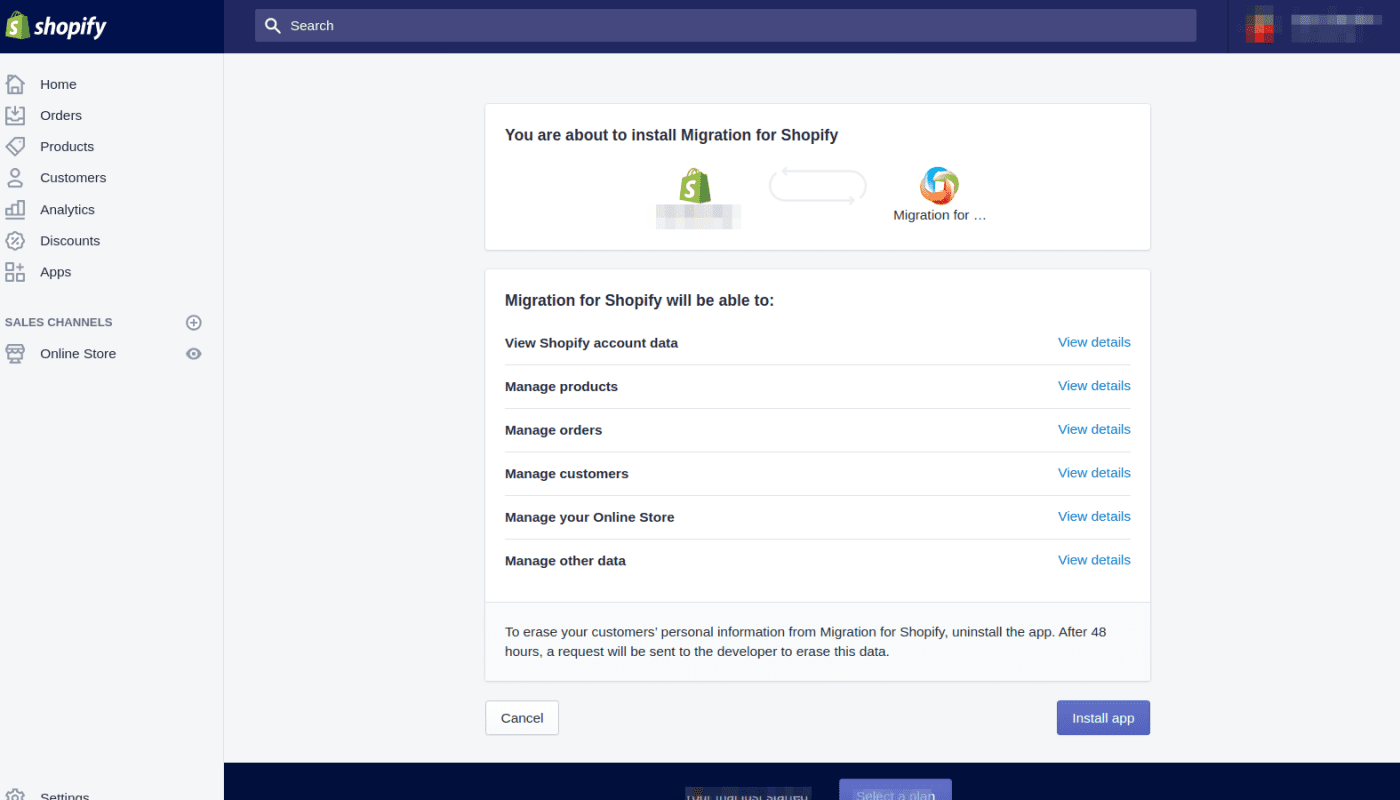
Export your online product data from BigCommerce
When you export your products from your BigCommerce store, you can also export additional products and variant information to export complete product information.
Steps:
- From your BigCommerce platform dashboard, click on Products > click Export.
- Under the Export Template button and File Format Options, select Default and then choose Continue.
- In the Products dialog box section that appears, click Export my Products to a CSV file and click the Close option. A CSV file containing all your product data gets saved to your device or computer.
- Under the Export Template section and File Format Options, click on Bulk Edit and select the Continue option.
- Click Export all my Products to a CSV file, then select Close. Your computer will then store a second CSV file containing additional product details and variant data.
- Export data for your order from BigCommerce
- Go to Orders > Export from your BigCommerce dashboard.
- Select the default under the Export Template option and File Format Options, then click Continue.
- In the Orders dialog box section that appears, click Export my Orders to a CSV file and click Close. A CSV file containing all your order store data is saved to your computer.
- Export your store customer data from BigCommerce.
- From your BigCommerce online dashboard, click to get Customers’ Data> Export.
- Select default under the Export Template section and File Format Options, then click Continue.
- In the customer’s Export dialog box option, click Export, my customers, to a CSV file, then click Close. A CSV file containing all your customer data and information gets saved to your computer or device.
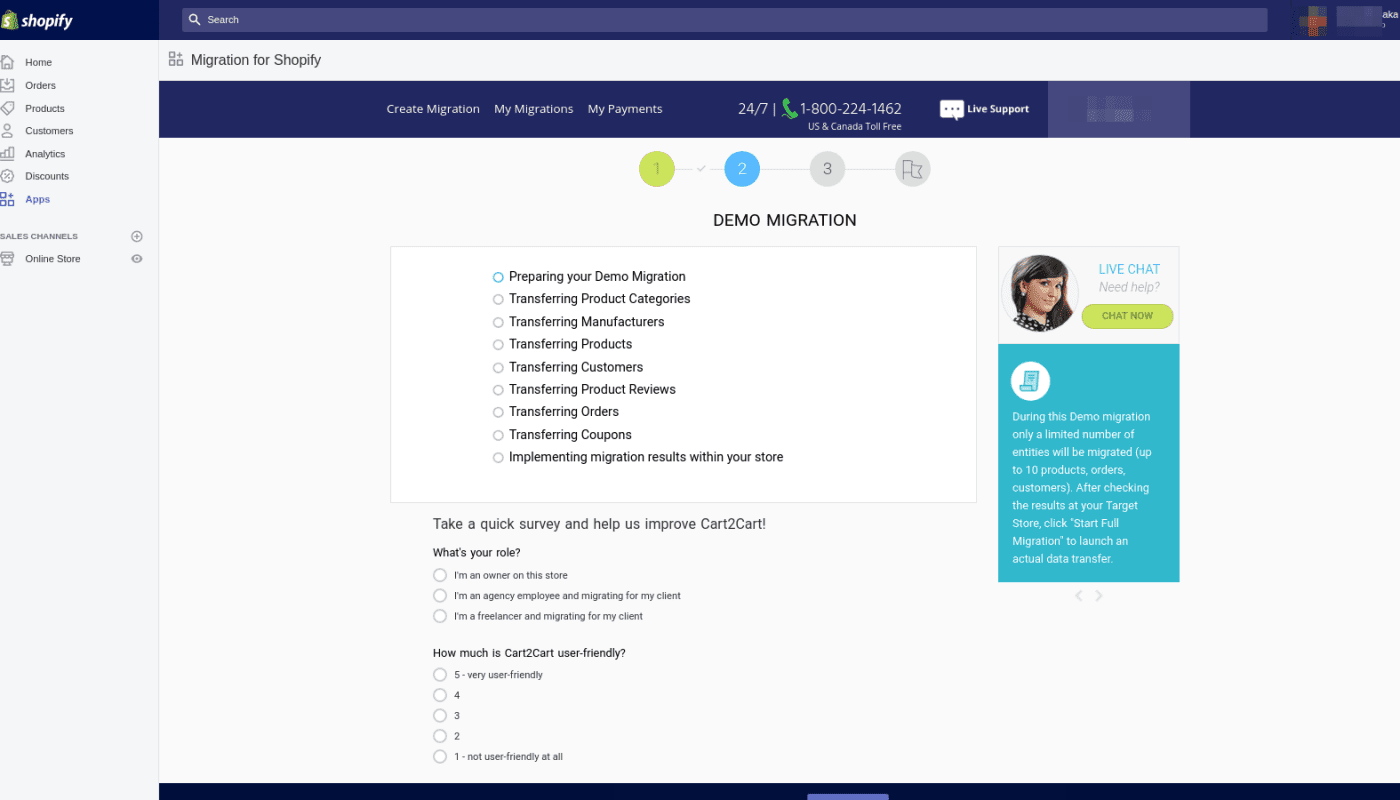
Step 2: Import your BigCommerce store data into Shopify
After you export your orders, products, and customers from BigCommerce into CSV files, you can import these files into Shopify.
- Steps:
- Click Apps > Import Store from your Shop Admin.
- Select the BigCommerce option from the displayed drop-down menu to import your data to the Shopify page.
- Under Upload Files, select Add File and select the exported files. You can choose any number of already imported CSV files. When importing products, you must add the exported files to both the Default and Bulk Edit templates so that the data can easily get imported appropriately.
- Click Continue importing > Importing.
Click Continue import > Import.
Note
If the platform listed on the Import Store page is not the expected platform from which you are importing, kindly scroll down to the bottom of the page and click Select a different forum. Then, you can pick BigCommerce from the drop-down menu.
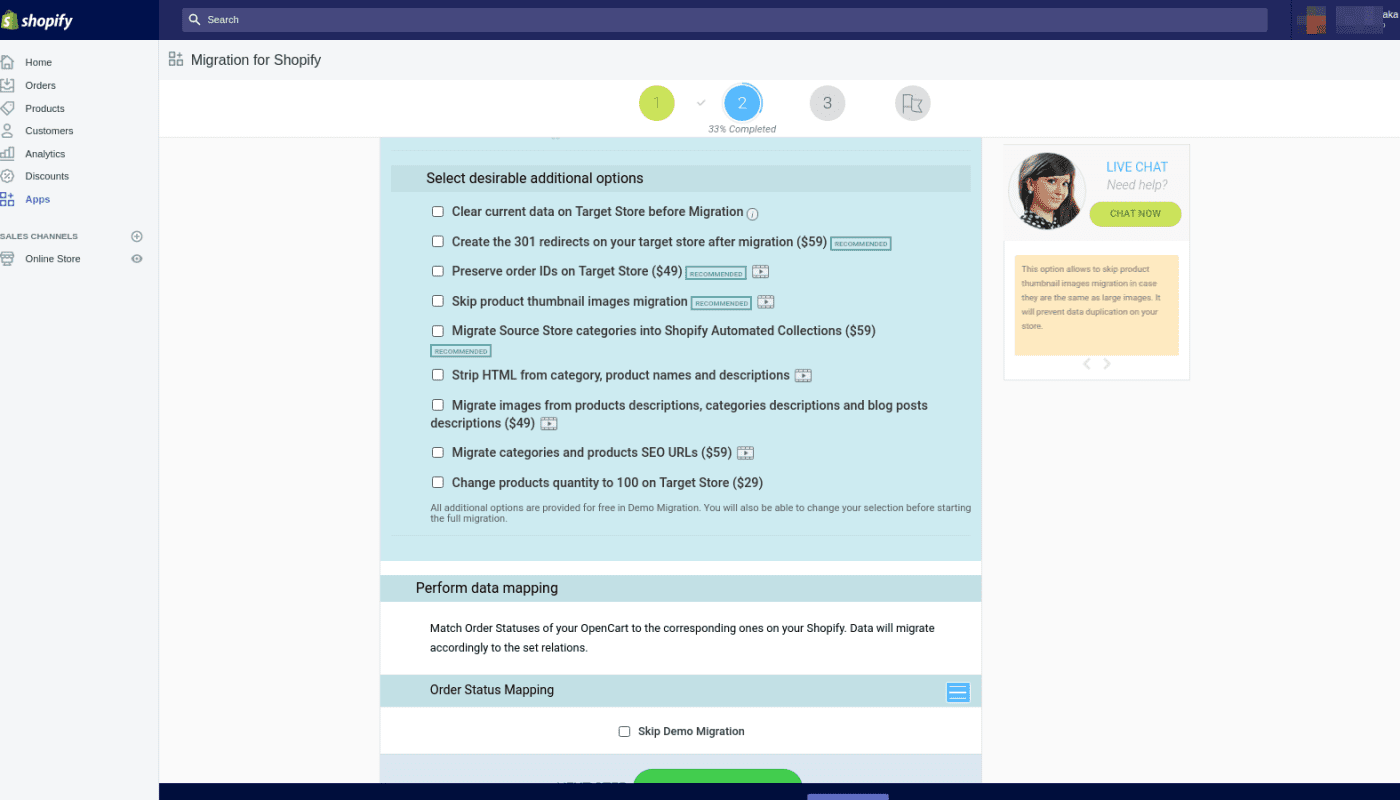
Step 3: Review and update your already imported data.
If your data import has been successful, your product, order, and customer data will now be available in your Shopify Admin.
If some of your products or customers haven’t been successfully imported, you can add them manually. For more information, refer to adding a product or a customer.
Note
You might encounter a few errors with your CSV import.
The following sections describe some of the behaviors you might see while importing your BigCommerce data to Shopify:
Importing has been a success with changes.
When your Import is finished, the Import Summary page will show you the details of your Import. Review messages in the import summary review section for any errors. You can manually edit your imported information by clicking View items next to these messages.
Historic Orders
Orders already imported from your previous platform are only transferred to your Shopify store for historical purposes. These orders are automatically set to the archived status.
While you can technically unarchive them, you will not perform any functionality generally reserved for orders created in the Shopify store.
Some products, customers, or orders have not been imported.
If some of your products or customers have not been imported, you can add the products manually or add the customer.
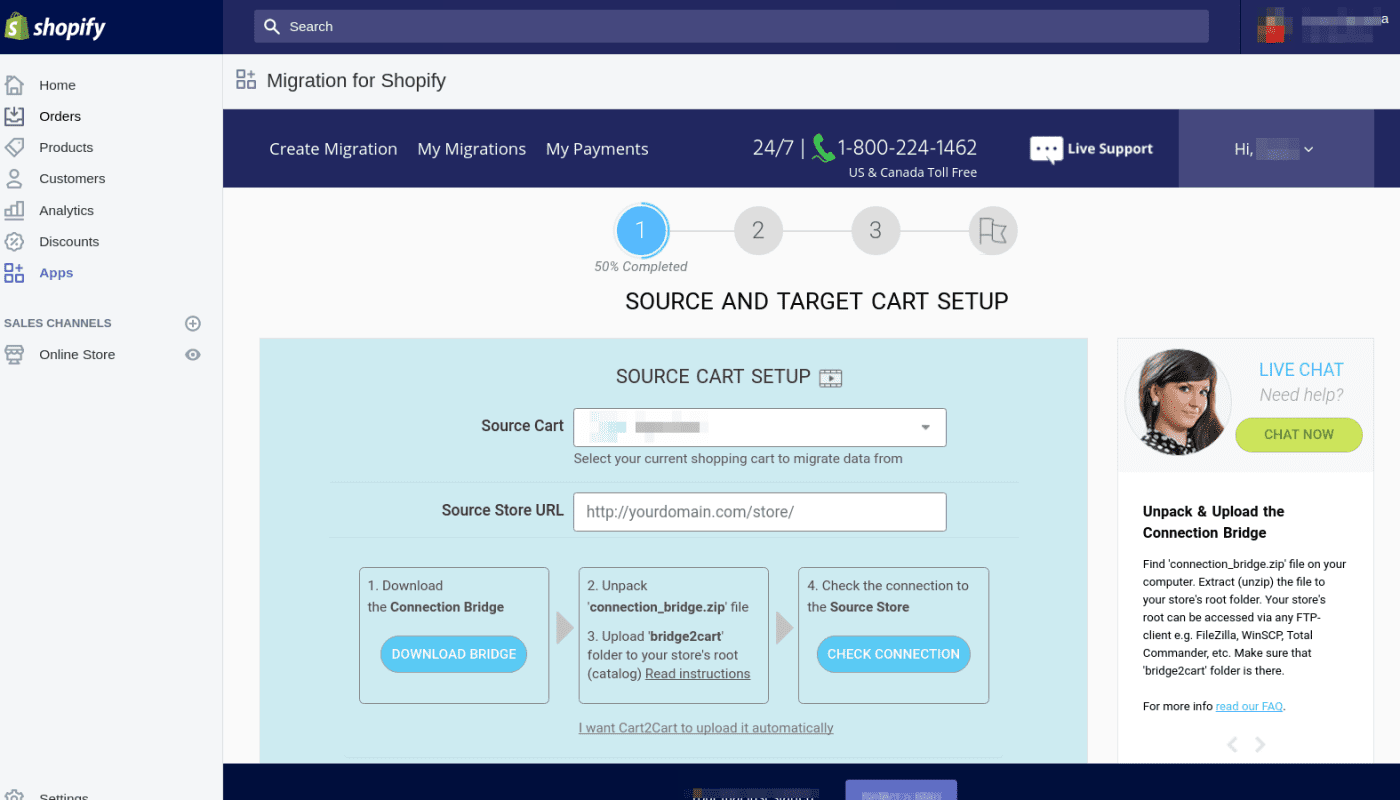
Any customer with the same email address or phone number is also not included in the Import. If two or a few of your clients share the same email address or telephone number, only the most recently generated customer entry will be imported.
Products imported successfully but aren’t published.
If some of your products in BigCommerce had their product visibility set concealed when you exported your info, those products would also be imported into Shopify as confidential. If you don’t want to hide a product, make it available to your choice’s sales channels.
Product variants could not be imported.
If your commodity has alternatives and one of the choices is unavailable, it will not be imported. You need to manually connect this product to Shopify. For example, suppose you’re selling T-shirts of different sizes and color choices. If one of your variants contains details about its size but not its color, your product will not be imported.
Imported goods are no longer of their size.
If your customers need your product’s dimensions or metrics, please add the dimensions directly to the product description.
Tags used for imported records.
The Import Store software adds tags to imported documents. Tags make it easy to find items that you’ve downloaded, search for mistakes, or make changes.
Tags added automatically to each imported record are in the following format: Import <date> <import id >.
Tag formats for any import mistake, such as lost images or duplicated copies, differ depending on the network from which you are importing.
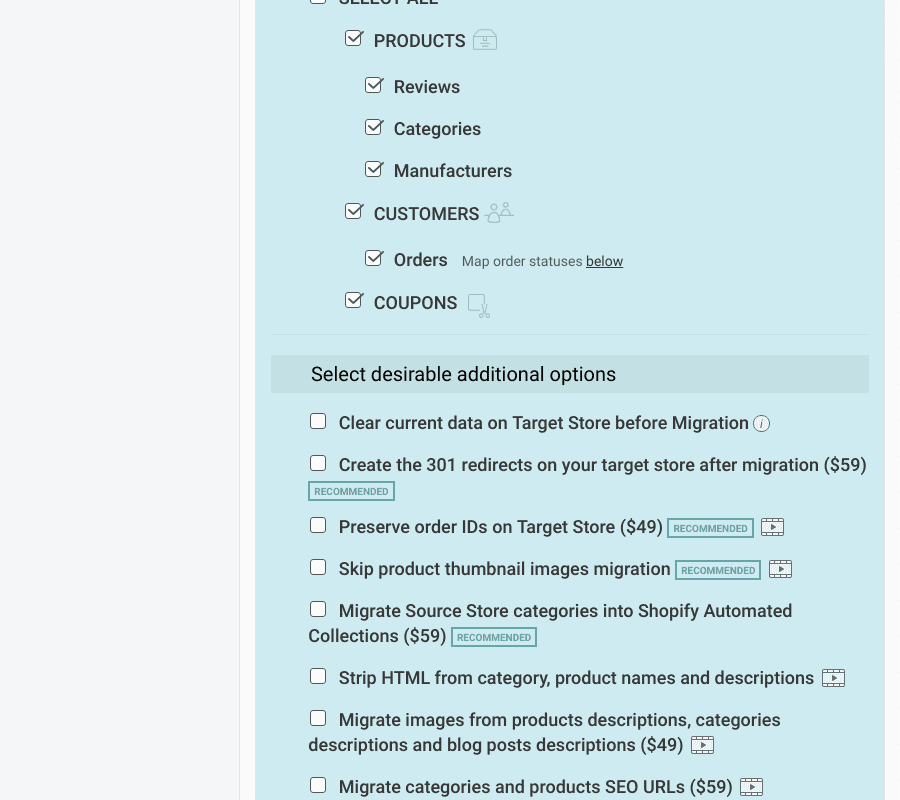
You should retain these tags on your imported documents, but this can cause issues if you use tags as an organizing tool for your shop.
For example, these tags could be available to your customers in your online shop. To prevent this, you should delete them after you have reviewed your imported documents for errors.
Importing data on top of an existing import
If you already think you have skipped something in your previous Import, you can import your data back to the top of your current Import by pressing the Start New Import button.
If your Shopify store or previous Import store still has clients, they will be updated.
Customers can first match their email address and telephone number if no matching email address is found. If a match is probably discovered, the existing record will be changed as follows:
The status of tax-exempt subscriptions and advertisement subscriptions is overwritten.
Names, addresses, and import updates can be added.
If the first name, last name, or phone number fields are empty in the existing record and are used in the imported consumer record, they will be added.
If the Import is already in your Shopify Store, the products in your Shopify Store will be skipped and not imported. The list of neglected products is shown in the Import Summary after the Import has been completed.
Delete a store data import.
If you are dissatisfied with importing data, you can delete it. For example, if your data import contains several failed items, it might help remove that Import and try again. You can only delete the most recent Import. Wait for the data to be erased before starting another data import.
Steps
- On the Import Complete page, select Delete import.
- On the Delete import dialog, select Delete import.
- After all your imported files are deleted, click Start new import to start another meaning.
Considerations for customer passwords
Since your passwords are encrypted, you can’t switch your customer passwords from another site to Shopify. As a result, only customer data get moved to Shopify instead of customer accounts.
Shopify Plus plan
If you are using the Shopify Plus plan, you can use the Bulk Account Inviter to send clients an email asking them to reset their passwords and unlock their accounts.
Conclusion
We hope that our detailed and well-explained guide will help you decide to move from BigCommerce to Shopify without any difficulties. If you want to get more valuable tips, guides, and tutorials, check another post on our blog.
We believe that you will enjoy the benefits of using this perfect box solution and build a good-looking and reliable store that will bring prosperity to the future.
But if you’re still hesitant, remember that you can’t succeed without running a risk. Go ahead and try it!
Start Shopify For Only

Try Shopify free for 3 days, no credit card is required. By entering your email, you agree to receive marketing emails from Shopify.




Comments (0)